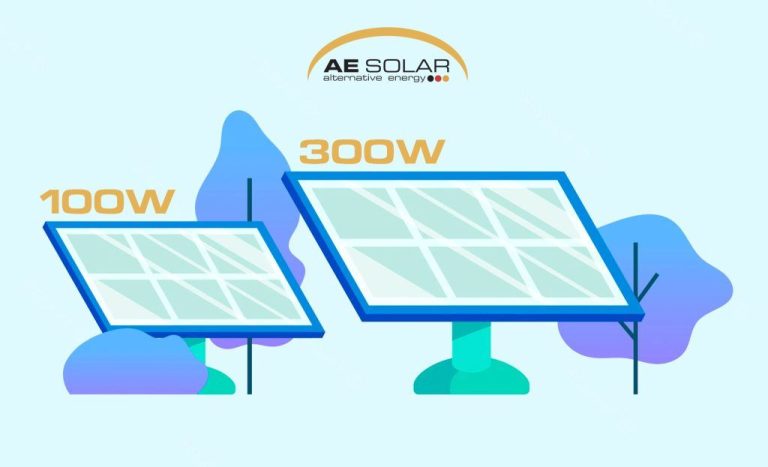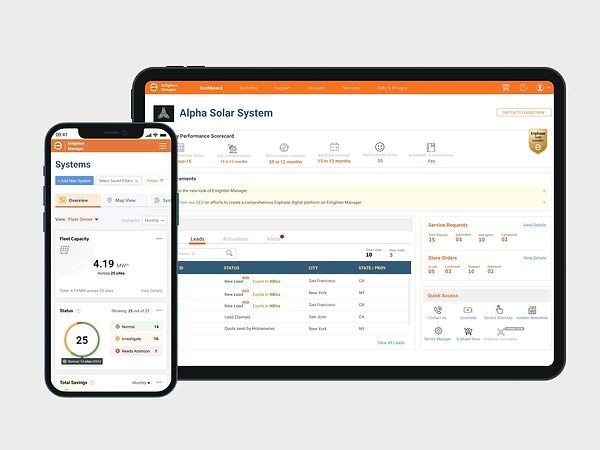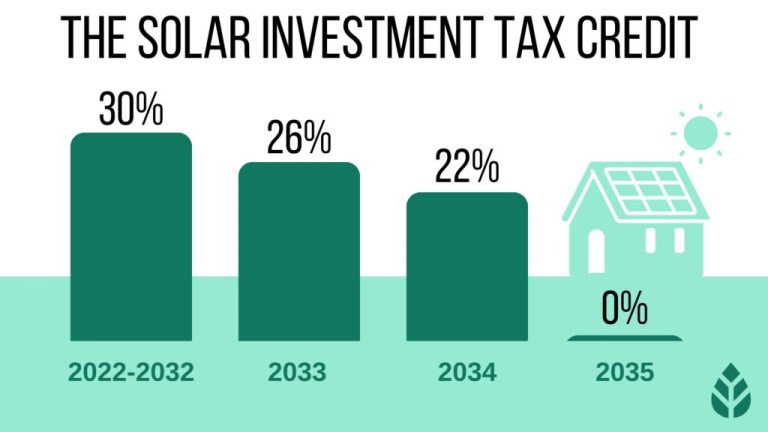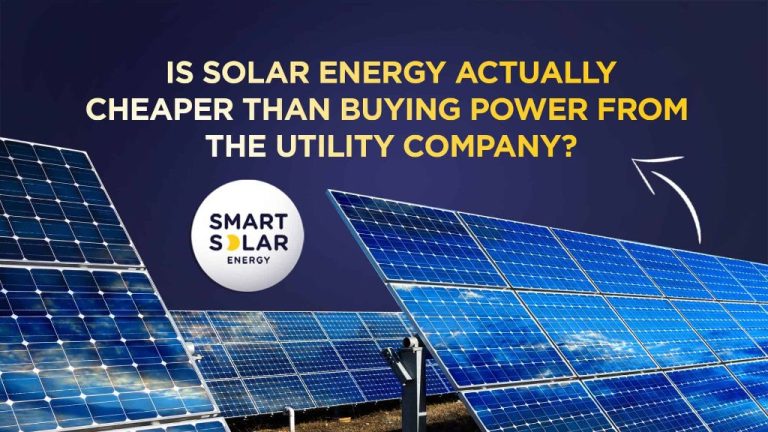How Many Photovoltaic Cells Are In A Solar Panel?
Photovoltaic cells, often referred to as solar cells, are semiconductor devices that convert sunlight into electricity through the photovoltaic effect. Solar panels are made up of many individual solar cells wired together. The number of photovoltaic cells in a solar panel is important because it impacts the panel’s power output and physical size.
Having more solar cells allows a panel to absorb more sunlight and produce more electricity. However, additional cells also increase cost and panel size. Therefore, manufacturers must balance these factors when engineering solar panels for different applications and power needs.
Typical Number of Cells
The typical number of photovoltaic cells in a solar panel can vary depending on the size and application of the panel. For residential solar panels, the typical range is 60 to 144 cells per panel. Commercial or utility-scale panels may have up to 96 cells due to their larger size.
Most common residential solar panels contain 60, 72, or 96 monocrystalline silicon cells. For a standard residential rooftop array with 60-cell panels, each panel measures approximately 65 by 39 inches. Panels with 72 cells are often used when space is limited, as they have a higher wattage density.
For large commercial or utility-scale systems, solar panels can contain up to 96 monocrystalline silicon cells. These panels may measure over 70 inches long and 40 inches wide to accommodate the additional cells. Overall, 60 to 96 cells per panel is the typical range for most solar photovoltaic applications.
Range of Cells
The number of photovoltaic cells in a solar panel can vary quite a bit depending on the size and power output of the panel. On the low end, smaller residential roof panels may contain only 36-72 cells. These small panels are usually around 50-350 watts. On the larger utility-scale end, solar panels can contain up to 144 or more cells, with power outputs ranging from 320-400+ watts.
In between those extremes, a typical mid-range residential or commercial panel contains 60 or 72 cells. Going higher than 72 cells is more common once you get into the larger commercial and utility-scale sizes. Overall, most standard panels designed for homes and businesses have between 60-144 cells, while specialized extra-large utility panels may go even higher.
The main factors determining cell number are the physical size of the panel and the desired power output in watts. More cells allow the panel to produce more electricity. So a larger 4 foot by 8 foot panel will pack in more cells than a smaller 2 foot by 4 foot panel. And a heavy-duty commercial panel rated for 400 watts will need more cells than a 250-watt residential panel.
Factors Determining Cell Number
The number of photovoltaic cells in a solar panel is primarily determined by three key factors: the panel size, wattage output, and voltage rating.
Larger solar panels will generally have more cells than smaller ones. A standard residential rooftop panel may contain 60 cells, while larger commercial panels can hold up to 144 cells. The physical size of the panel determines how many cells can fit.
The wattage rating, which measures how much power the panel can produce, also impacts cell number. More solar cells allows the panel to absorb more sunlight and convert it into more electrical power. Panels with higher wattage ratings tend to have a greater number of cells.
In addition, most solar panels operate at around 12 volts. Connecting photovoltaic cells in series increases the voltage. As a result, more cells are needed to achieve higher voltage ratings. For example, a 12 volt panel may have 36 cells, while a 24 volt panel could have 72 cells.
Optimizing these three variables results in the ideal number of cells for different solar panel models and applications.
Cell Configuration
Solar panels contain photovoltaic cells wired together in a certain electrical configuration to generate the desired voltage and current output. The two main ways to wire PV cells are in series and in parallel.
In a series configuration, the cells are daisy chained together so the positive terminal of one cell is connected to the negative terminal of the next cell. This accumulates the voltage of each cell while the current remains the same. For example, connecting two 0.5V cells in series produces 1V while keeping the same current rating.
In a parallel configuration, all the positive terminals of the cells are connected together and all the negative terminals are connected together. This keeps the voltage the same while summing the current capabilities of each cell. For example, two 1A 0.5V cells in parallel would produce 0.5V but with a total current rating of 2A.
Solar panel manufacturers determine the optimal series vs. parallel cell layout to achieve the voltage and current specifications. Series connections boost voltage while parallel connections improve current and redundancy. The configuration also impacts factors like efficiency and shadow tolerance.
Panel Efficiency
The number of photovoltaic cells in a solar panel has a direct impact on the panel’s efficiency and power output. More cells in a panel allow for greater absorption of sunlight and conversion into electrical energy. However, the relationship between cell quantity and efficiency is not linear.
Adding more cells increases total power output, but only to a point. Eventually the cells will start to shade each other, reducing each cell’s exposure to direct sunlight. The more crowded the panel, the more internal shading occurs. Packing in too many cells reduces overall efficiency due to this self-shading effect.
Solar panel manufacturers aim to optimize cell number to balance power output versus efficiency. Most mainstream panels contain 60, 72, or 96 cells. High-efficiency premium panels may contain up to 144 cells. But thousands of cells crammed together would be counterproductive.
In summary, cell quantity impacts efficiency and power, but only to an optimal level. Beyond that point, efficiency declines as more cells crowd the panel and self-shading occurs.
Manufacturing Considerations
The number of photovoltaic cells in a solar panel affects the manufacturing process and cost. More cells in a panel means the overall manufacturing is more complex. Each cell must be properly connected and encapsulated during panel assembly. Quality control and testing also becomes more involved with more components.
However, having more cells allows manufacturers to use smaller cells, which can be made from waste silicon and lower quality materials. This reduces material costs. Smaller cells are also easier to handle in manufacturing. In addition, any defects or underperformance in one cell has less impact on the overall panel output when there are more cells to compensate.
So there are cost tradeoffs to consider. Overall, manufacturers aim to optimize cell number, cell size, and panel efficiency to control costs and create high quality, durable panels at competitive pricing.
New Innovations
In recent years, there have been some exciting innovations that allow solar panels to pack in more photovoltaic cells into a smaller space. Some key innovations include:
- Higher efficiency solar cells – New solar cell materials and designs can convert more of the sun’s energy into electricity, meaning fewer cells are needed to produce the same amount of power. For example, SunPower’s X-Series panels use 96 more efficient monocrystalline silicon cells.
- Bifacial solar panels – These panels absorb light from both sides, allowing more energy to be captured with the same number of cells. The underside of each cell can generate up to 25% additional energy.
- Half-cut cells – This involves cutting standard photovoltaic cells in half, which reduces resistance losses and increases panel efficiency by 5-10%. Half-cut cells allow manufacturers to maintain power output with fewer full cells.
- Shingled solar cells – Cells are overlapped like shingles on a roof to eliminate redundant spacing and connections, reducing the footprint required. More cells can fit into a panel of the same size.
These innovations allow solar panel manufacturers to increase power density – packing more power capacity into a smaller surface area by efficiently using the limited space available. This leads to panels with a higher wattage per square foot.
Example Solar Panel Models
Here are some examples of common solar panel models and their cell numbers:
SunPower X-Series X22 360W
The SunPower X22 panel contains 96 monocrystalline silicon cells and has a power output of 360 watts. SunPower panels are known for their high efficiency.
Trina Solar TSM-250DA05A.08
Trina Solar’s 250W polycrystalline panel contains 60 cells. This is a more budget-friendly solar panel option.
These examples illustrate how cell numbers can vary between 60-100 in standard sized panels. Higher efficiency panels like SunPower tend to pack in more cells.
Conclusion
The number of photovoltaic cells in a solar panel can vary widely depending on the size, power output, and efficiency needs of the panel. While most standard panels contain 60 or 72 cells, the range is from as low as 6 cells to over 100 cells for specialized high-efficiency models. Factors like cell size, configuration, wiring, and manufacturers’ design choices all contribute to determining the optimal cell number for a particular panel. Generally, more cells allow collection of more solar energy but also raise cost. New technologies continue to push efficiencies higher, enabling panels to do more with fewer cells. While cell number alone does not determine panel performance, it provides insight into the engineering compromises and capabilities of a given solar module. After reviewing typical cell numbers and the factors that influence them, it is clear cell quantity plays an important role within the broader context of panel design and function.






